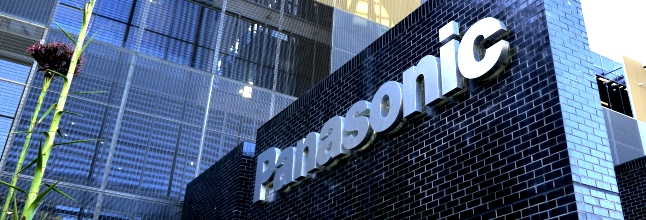With the rise of LG, Hitachi among others in the home electronics appliances market, some who only knew of Panasonic only as a TV manufacturer have possibly thought it had been long kicked out of business.
However, such views as many believe are certainly far from true. Â
Founded in 1918, the Japanese global electronic giant is once again taking Centre stage with its latest product release – the UA7 sound system.
As part of its effort to expand the 4K Ultra HD TV line up, the company earlier in the week announced the its addition of the UA7 sound system slated to run initially in India’s electronics market.

The sound system is a single unit comprising 10 speakers - four woofers, four tweeters and two super-woofers. It provides a complete cinematic experience and is bundled with EX750 65inch and EX 600 series TV (55inch and 49inch) and will at the moment not be sold separately.
It further publicized its innovative transparent display technology which was first introduced to the market at the 2016 Consumer Electronics Show in Las Vegas.
Justifying the addition at the launch, President and CEO of Panasonic India & South Asia, Manish Sharma said there were “only two units of the transparent display technology and India is the second country to have one unitâ€. He added that the “technology is still a prototype and will take a couple of years to go into mass production." Â
Panasonic, now with a well-diversified product or investment portfolio base that ranges from stakes in the auto industry following its announcement to invest in Tesla Motors in 2014; an over 76% shares in FirePro Systems, an India-based infrastructure protection and security firm, among others is currently the seventh largest electronics company in the world – making an over US$73 billion in aggregate annual revenue.
There have also been a clear indication that the electronic giant is gradually shifting away from what it considers ‘the money wasting’ TV manufacturing business. It had in 2015 shut down the device’s production in China and took an even steeper drive down the diversification lane with its ambitious ‘smartest city in the America’ project which involved the construction of smart houses, offices, energy and utilities as well as other services in the city of Denver. Â
Perhaps, the Japanese electronics giant, rather than being kicked out by a competitor with superior product or service, has obviously repositioned itself to harness the enormous economic potential presented by rapid technological innovation and a more liberal global market in the 21st century.





